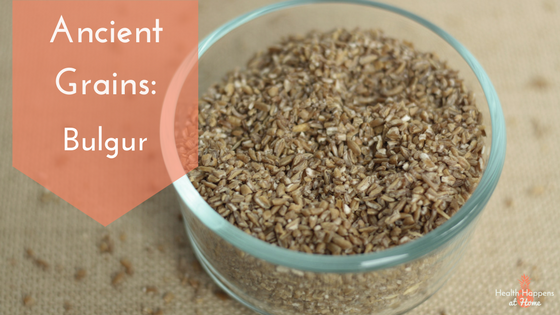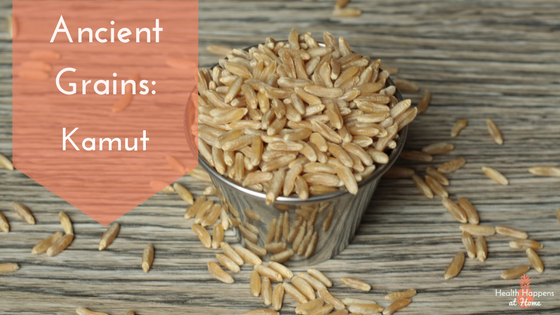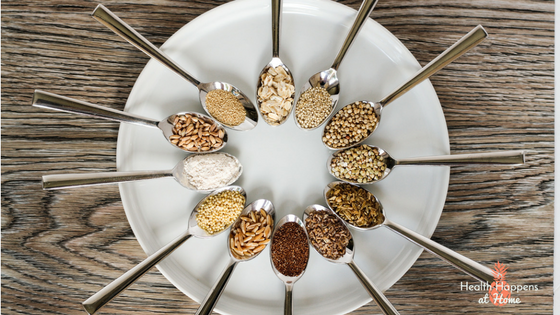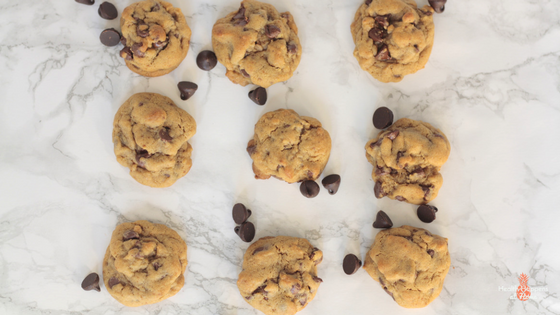
Facts on Freekeh (pronouced "free-kah"):
- made from young wheat (typically duram) which is then slightly roasted then rubbed to reveal the kernel. Freekeh means "to rub" in Aramaic.
- does contain gluten
- very similar to bulgur in texture and taste (nutty with a firm chewy texture)
- Often used as a substitute for rice or couscous
- commonly eaten in Northern Africa and the Middle East but growing in popularity in America
- High in protein
- High in fiber
- High in antioxidants lutein and zeaxanthin which aid in eye health
- High in calcium and iron
To prepare Freekeh:
- Bring 2 1/2 parts water or broth to a boil.
- Stir in 1 part freekeh.
- Reduce heat, cover and let simmer until liquid is absorbed and freekeh is fluffy, about 20 minutes.
- Serve
Sources/Resources on Freekeh:
http://www.eatright.org/resource/food/vitamins-and-supplements/nutrient-rich-foods/freaky-about-freekeh
http://www.earthlychoice.com/freekeh.html
https://wholegrainscouncil.org/blog/2011/10/freekeh-hot-new-ancient-grain
Content in this post first appeared in my monthly newsletter. Subscribe below to be in the know.
What are your favorite freekeh recipes? Let me know in the comments below.
Don't forget health happens at home,
Erin Marie
Summing up the ancient grain sorghum.
Get the basics on buckwheat!
Orange Cranberry Ancient Grain Granola Recipe. #thereciperedux
Links on yoga, personality types, gut microbiome, store bought snacks, and ancient grains to inspire healthier living.
Facts on Freekeh are here and the series on ancient grains continues.
Sick of sweets for breakfast? Try this savory Mushroom Goat Cheese Buckwheat. #thereciperedux
Get some facts on the ancient grain bulgur. Plus my favorite recipe using bulgur!
Get the scoop on the ancient grain Teff.
Learn about the ancient grain Kamut.




















Ancient grain summary of posts including recipes links!